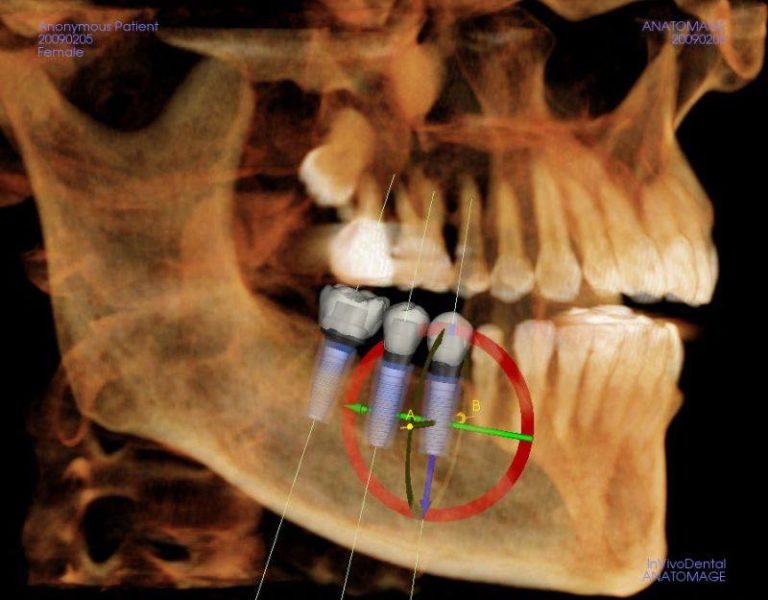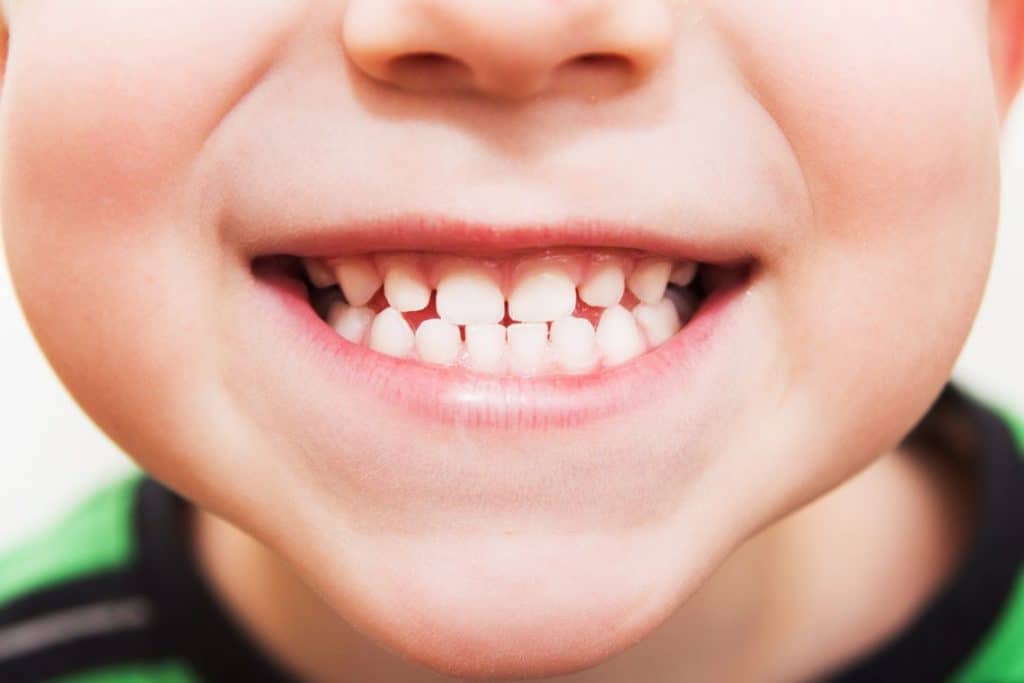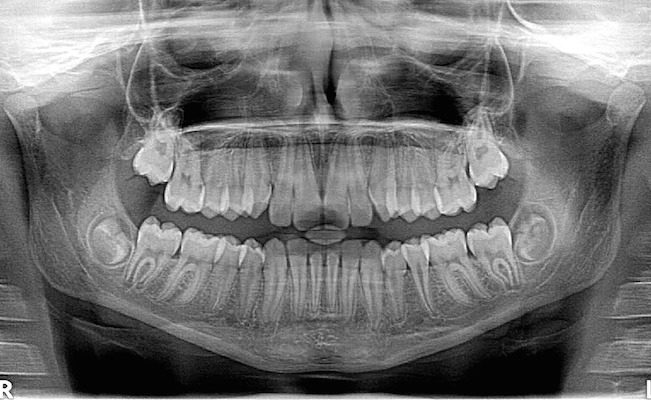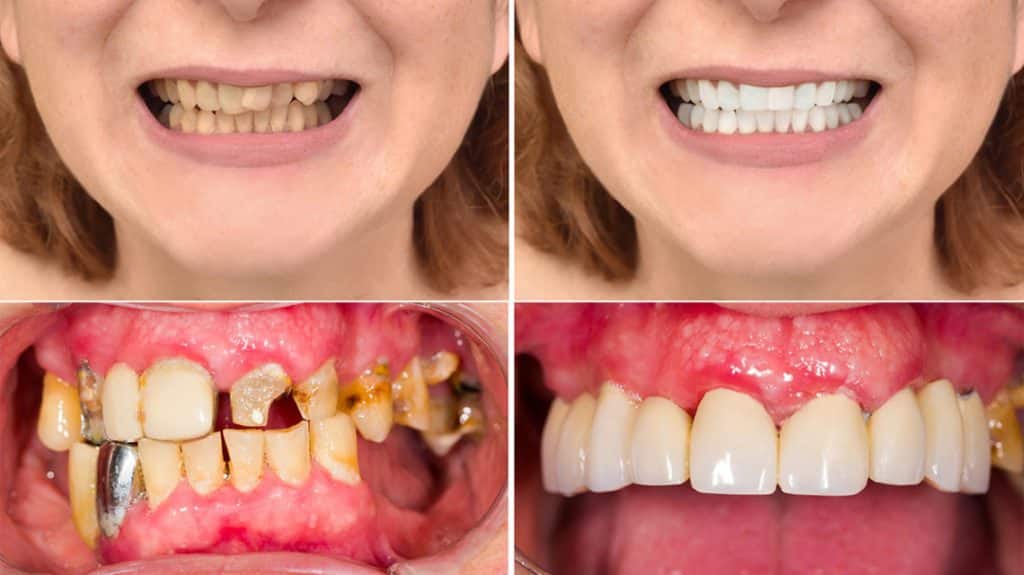Humans have 32 teeth in total, including 8 incisors, 4 canines, 8 premolars, and 12 molars. Our teeth play a vital role in biting, chewing, and speaking, as well as enhancing our facial structure and allowing us to smile confidently.
Taking care of our teeth through regular brushing, flossing, and dental check-ups is essential for maintaining good oral hygiene and overall health. Neglecting dental care can lead to tooth decay, gum disease, and other oral health problems that can impact our well-being.
We will explore the different types of human teeth, their functions, and the importance of dental care for a healthy smile. So, let’s dive in and learn more about the fascinating world of human teeth!

Credit: stonecreekdentalcare.com
What Are Teeth?
Teeth are essential anatomical structures located in the mouth, serving various functions. They aid in biting, chewing, and grinding food, enabling digestion. Humans typically have three sets of teeth throughout their lives: baby teeth, also known as deciduous teeth, which are eventually replaced by permanent teeth.
Permanent teeth consist of different types, including incisors, canines, premolars, and molars. Incisors are located in the front and are designed for cutting and biting food. Canines assist in tearing and grasping, premolars help in crushing and grinding, and molars provide effective grinding surfaces.
Each type of tooth plays a vital role in the overall functioning of the oral cavity. Proper dental care, including regular brushing, flossing, and professional cleanings, is crucial to maintaining healthy teeth and overall oral health.
The Structure Of Teeth
The human mouth contains a total of 32 teeth, consisting of three main layers – enamel, dentin, and pulp. The outermost layer is the enamel, which is the hardest substance in the human body. Underneath the enamel is the dentin, a softer layer that makes up the majority of the tooth.
Lastly, the pulp lies at the center of the tooth and contains blood vessels and nerves. Teeth are further categorized into different components. The crown refers to the part of the tooth visible above the gums, while the root is the portion embedded in the jawbone.
Connecting the crown and the root is the cementum, a layer that helps anchor the tooth in place. Understanding the structure of teeth is essential for maintaining dental health.
Primary Teeth Development
Humans usually have 20 primary teeth, also known as baby teeth. These teeth start to develop during the prenatal period and continue to erupt in the first few years of life. The eruption timeline of baby teeth varies, but typically the first tooth appears around six months of age.
This is often one of the lower central incisors. Over time, the rest of the baby teeth follow a fairly predictable sequence, with the upper and lower incisors erupting first, followed by the first molars, canines, and finally the second molars.
By the age of three, most children have all of their primary teeth. It’s important to take good care of these teeth, as they help with chewing and speech development, and also hold space for the permanent teeth to come in later.
Keeping them healthy sets the stage for a lifetime of oral health.
Permanent Teeth Development
Humans typically have 32 permanent teeth, also known as adult teeth. The development of these teeth starts during childhood. The eruption timeline of adult teeth can vary from person to person, but it generally follows a predictable pattern. The first set of adult teeth to erupt are the first molars, usually around the age of 6.
Next, the central incisors come in around the age of 7-8, followed by the lateral incisors. The canines erupt around the age of 9-10, and the second molars appear around the age of 10-12. Finally, the third molars, commonly known as wisdom teeth, typically erupt during the late teens or early twenties, but their appearance is highly variable.
It is important to take care of these permanent teeth through proper oral hygiene practices and regular dental check-ups to ensure a healthy and strong smile.
Counting The Teeth
Humans have a specific number of teeth, and counting them is important for dental health. There are different tooth numbering systems, including the universal numbering system and the palmer notation method. These systems provide a way to identify and classify each tooth in the mouth.
The universal numbering system uses a two-digit number to represent each tooth, while the palmer notation method uses a symbol and number for each tooth. Understanding these systems can help dentists communicate effectively and accurately assess a patient’s oral health.
Both systems have their advantages and are widely used in dental practices around the world. By using these systems, dental professionals can ensure consistent and accurate communication about teeth, leading to better dental care for patients.
Breaking Down The Dentition
Humans have two sets of teeth throughout their lives: deciduous dentition and permanent dentition. Deciduous dentition is the set of teeth that appear during childhood, commonly known as baby teeth. These teeth are temporary placeholders for the permanent teeth that will eventually emerge.
Typically, humans develop 20 deciduous teeth, including incisors, canines, and molars. As children grow, these teeth gradually fall out to make room for the permanent dentition. The permanent dentition consists of 32 teeth, including incisors, canines, premolars, and molars. These teeth are meant to last a lifetime and play a crucial role in chewing, speaking, and maintaining facial structure.
It’s important to take care of both primary and adult teeth to ensure proper oral health and functionality. Regular dental check-ups, proper brushing, and flossing are essential for maintaining a healthy dentition.
Dental Formula
The dental formula reveals the number of teeth humans have in their mouths. It differs between primary and permanent dentition. Understanding this difference provides valuable knowledge about the development and growth of teeth. The primary dental formula typically consists of 20 teeth, while the permanent dental formula includes 32 teeth.
This variation in the number of teeth plays a significant role in oral health and overall well-being. It is essential to comprehend how this dental formula changes and adapts throughout a person’s life. By grasping the differences, individuals can make informed decisions about their oral hygiene and seek appropriate dental care to maintain a healthy smile.
Common Dental Anomalies
Humans typically have a set of 32 permanent teeth, but it’s not uncommon to encounter dental anomalies. Missing teeth and extra teeth might be part of this variance. Dental crowding and malocclusions are also situations that can arise. Furthermore, tooth irregularities and abnormalities can be quite common.
It’s essential to address these issues as they can impact the functionality and aesthetics of the teeth. Consulting with a dental professional is the best course of action to determine the appropriate treatment. They can offer guidance on various options like braces, retainers, or even dental surgeries to correct any dental irregularities.
Taking steps to maintain good oral health and seeking professional dental care can help in preventing complications and ensuring a healthy smile for years to come.
Maintaining Dental Health
Maintaining dental health is crucial for healthy teeth. Daily dental care practices and habits, such as brushing and flossing, play a significant role in keeping our teeth in good shape. Regular dental check-ups and cleanings are also essential to detect and address any oral issues early on.
By following these practices, we can prevent tooth decay, gum disease, and other dental problems. Neglecting oral hygiene can lead to pain, tooth loss, and even impact our overall health. It’s important to prioritize our dental health and establish a routine that includes thorough brushing, flossing, and visiting our dentist regularly.
Taking care of our teeth not only helps us maintain a bright smile but also promotes overall well-being.
Frequently Asked Questions For How Many Teeth Do Humans Have
How Many Teeth Do Humans Have On Average?
On average, adults have 32 teeth, including 8 incisors, 4 canines, 8 premolars, and 12 molars (including 4 wisdom teeth). However, some people may have fewer teeth due to dental issues, extractions, or genetic factors.
When Do Humans Start Getting Teeth?
Most babies start getting their first teeth between 6 and 12 months old. The process, known as teething, usually begins with the two bottom front teeth (lower central incisors), followed by the two top front teeth (upper central incisors).
How Are Baby Teeth Different From Adult Teeth?
Baby teeth, also called primary teeth, are smaller and whiter than adult teeth. They are designed to aid in chewing and speech development. Unlike adult teeth, primary teeth are eventually replaced by permanent teeth as the child grows. This process usually begins around the age of 6 and continues until early teens.
Do Humans Have More Teeth Than Other Animals?
No, humans do not have more teeth than other animals. While the number of teeth can vary between species, humans have a similar number of teeth to other mammals. Some herbivores, like horses and cows, may have more teeth due to their diet, while carnivores, like lions and tigers, may have fewer teeth adapted for hunting and tearing meat.
Why Do We Need Teeth?
Teeth are essential for various functions, including biting, chewing, and speaking. They help break down food into smaller, digestible pieces, allowing for efficient nutrient absorption. Teeth also play a role in speech articulation, providing the necessary sounds and enunciation. Additionally, they contribute to a person’s facial structure and appearance.
Conclusion
The number of teeth in the human mouth can vary, but on average, adults have 32 teeth, while children have 20 primary teeth. These teeth are vital for various functions, including chewing, speaking, and maintaining facial structure. Each tooth has a specific role, whether it be incisors for cutting, canines for tearing, premolars for grinding, or molars for crushing food.
Taking care of oral hygiene is crucial to prevent dental issues such as cavities, periodontal disease, and tooth loss. Regular dental check-ups, proper brushing and flossing techniques, and a balanced diet contribute to maintaining healthy teeth throughout life. Remember, healthy teeth are not only essential for a confident smile, but they also support overall well-being.
So, prioritize oral health and enjoy the benefits of a full set of pearly whites.








